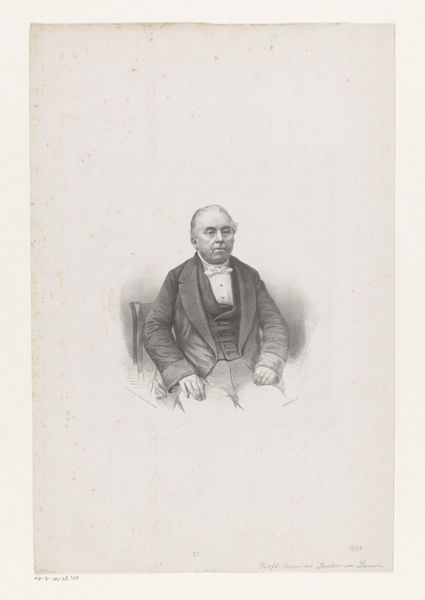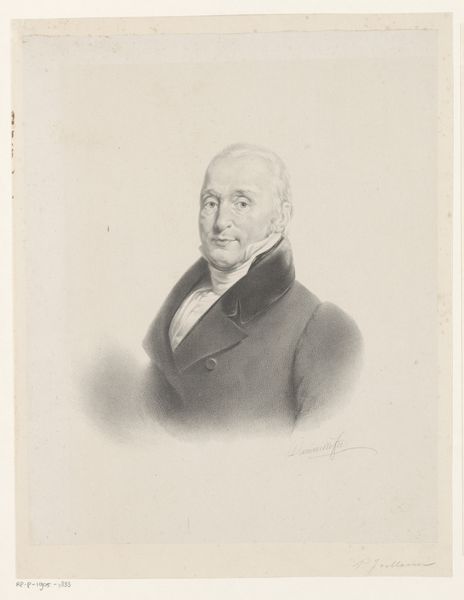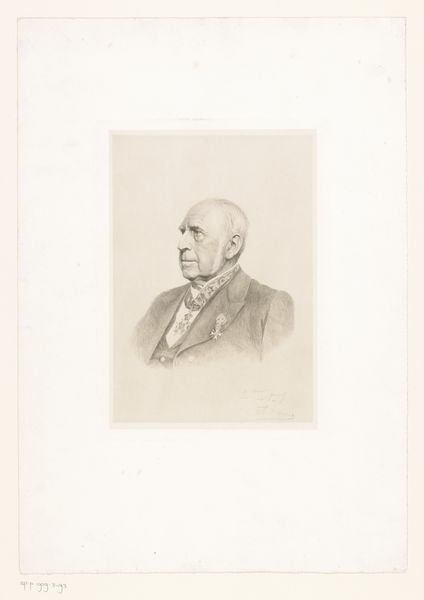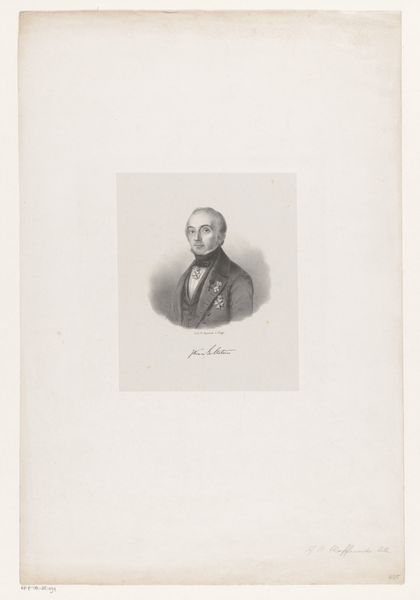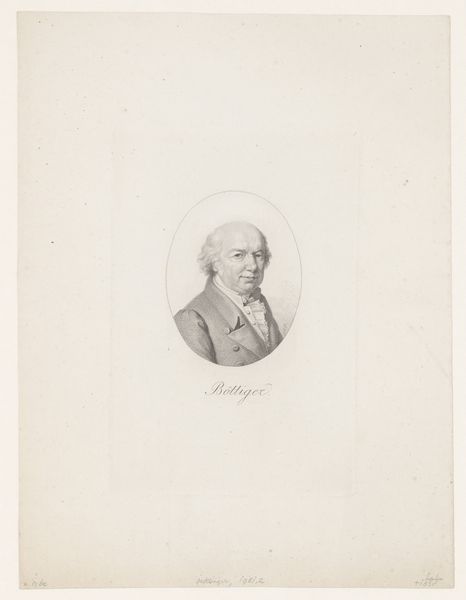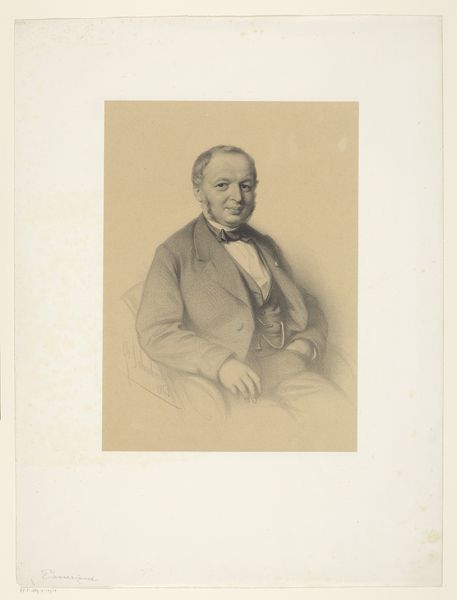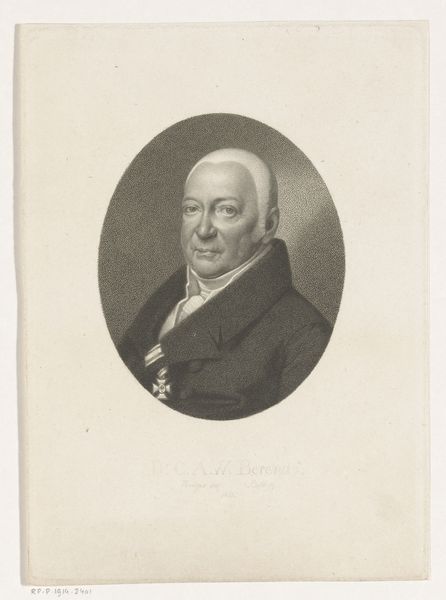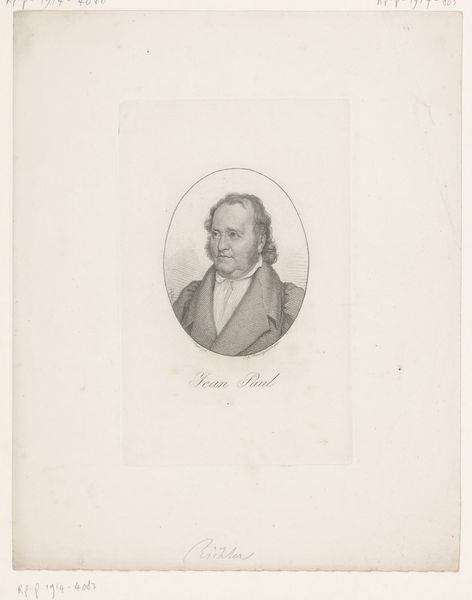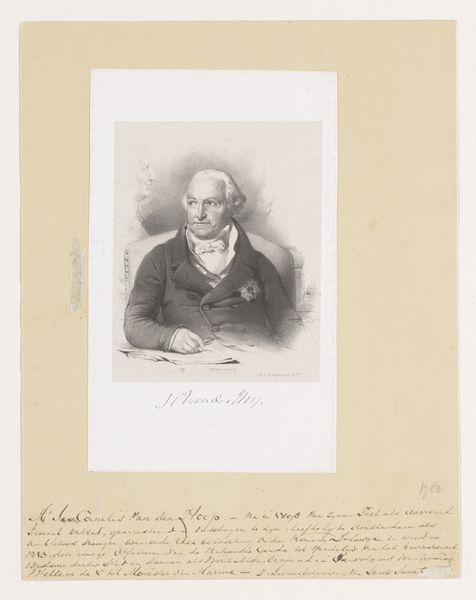
drawing, pencil
#
portrait
#
drawing
#
pencil drawing
#
pencil
#
realism
Dimensions: height 264 mm, width 204 mm
Copyright: Rijks Museum: Open Domain
Editor: This is a pencil drawing from the 19th century entitled "Portret van Jean-Joseph Jacotot" by F. Richter. It's struck me by the level of detail achievable with pencil alone. What strikes you when you look at this piece? Curator: The realism, yes, but look closer at the materials. Pencil isn’t just pencil; its varying graphite content and the paper’s texture influence the final product. Also, who commissioned this? Consider the sitter's social standing, his attire. How does the means of representation--portraiture--reinforce or challenge hierarchies of its time? Editor: So you're thinking about who had access to portraiture, like photography now but maybe with more of a class divide? Curator: Exactly. Was this intended for mass consumption, a private study, or a gift? And let’s think about the labor. An artist spent considerable time on this. The cost of paper, pencils, studio space – these are all economic factors influencing the image’s creation. Editor: It's like considering not just what’s *in* the portrait, but what it took to *make* it, right down to the price of the materials. Curator: Precisely! How might access to art materials differ between, say, male and female artists during this period? This opens avenues for examining issues around gender, class, and labor within art production. Even the choice of medium reflects a social decision. Why pencil, and not oil paint? Editor: That really makes me reconsider my initial reaction. The artwork becomes about the people and resources involved, and the social dynamics around its creation, and not just the image. Curator: Indeed! It encourages a critical approach to viewing art beyond surface aesthetics.
Comments
No comments
Be the first to comment and join the conversation on the ultimate creative platform.
